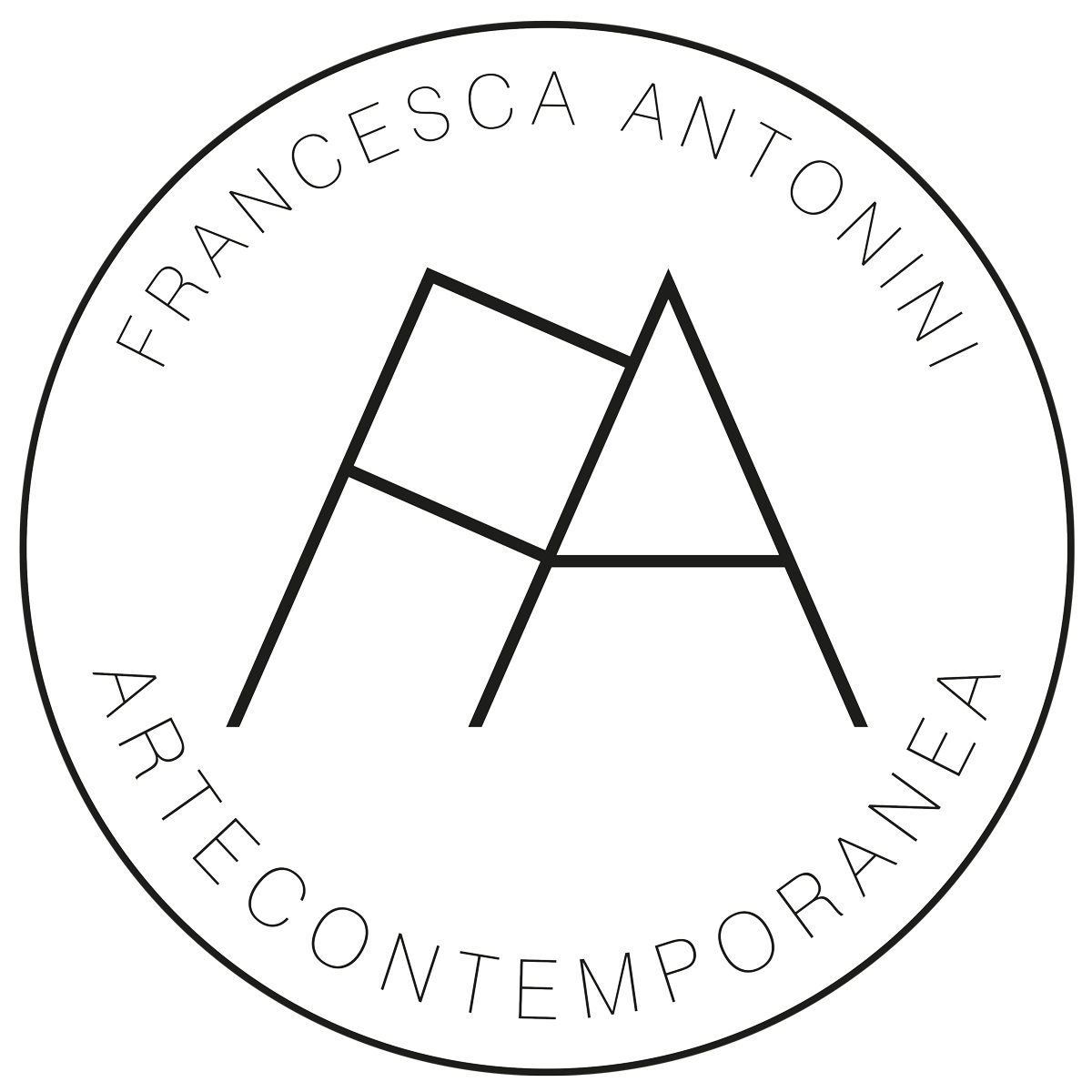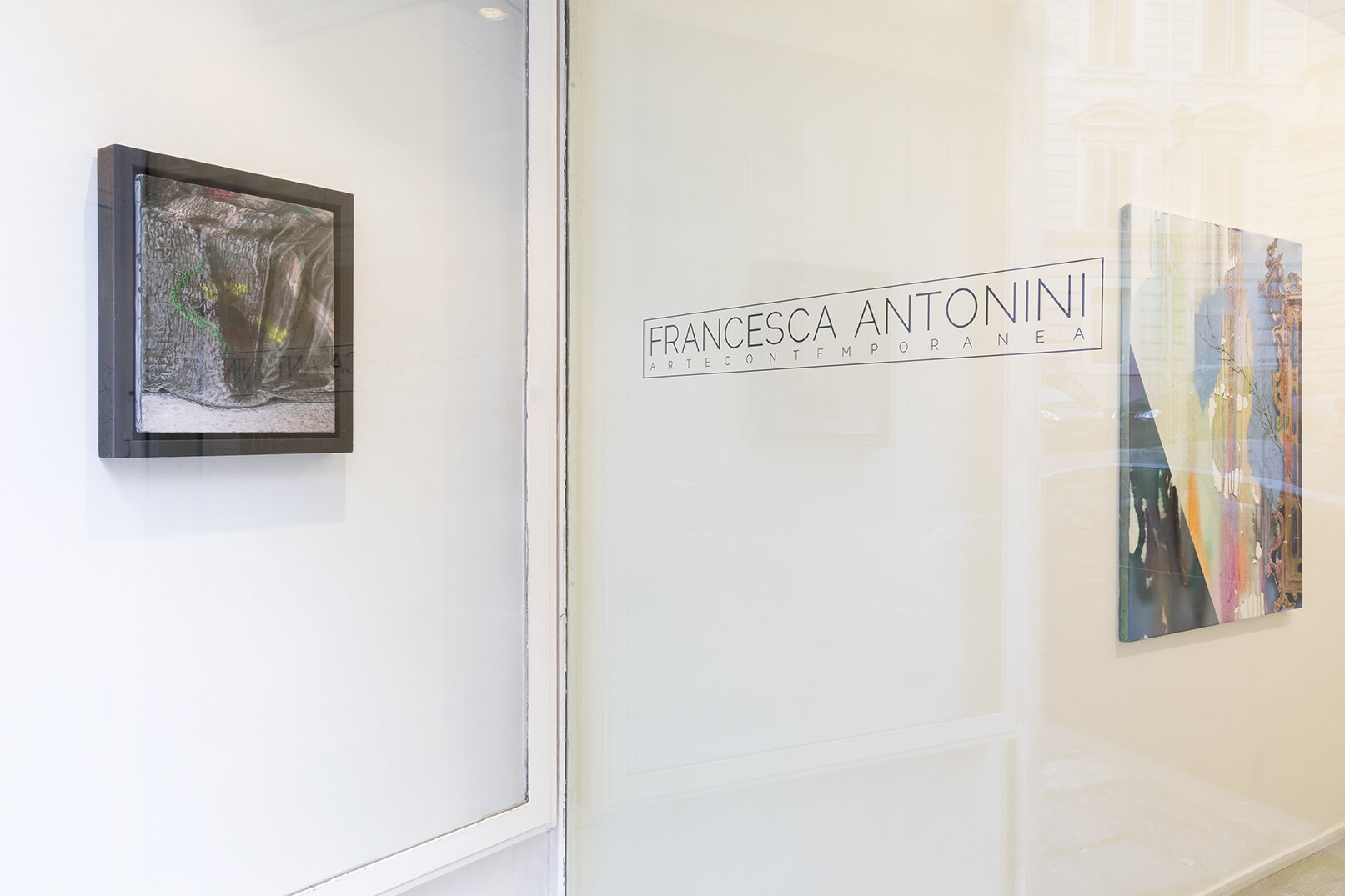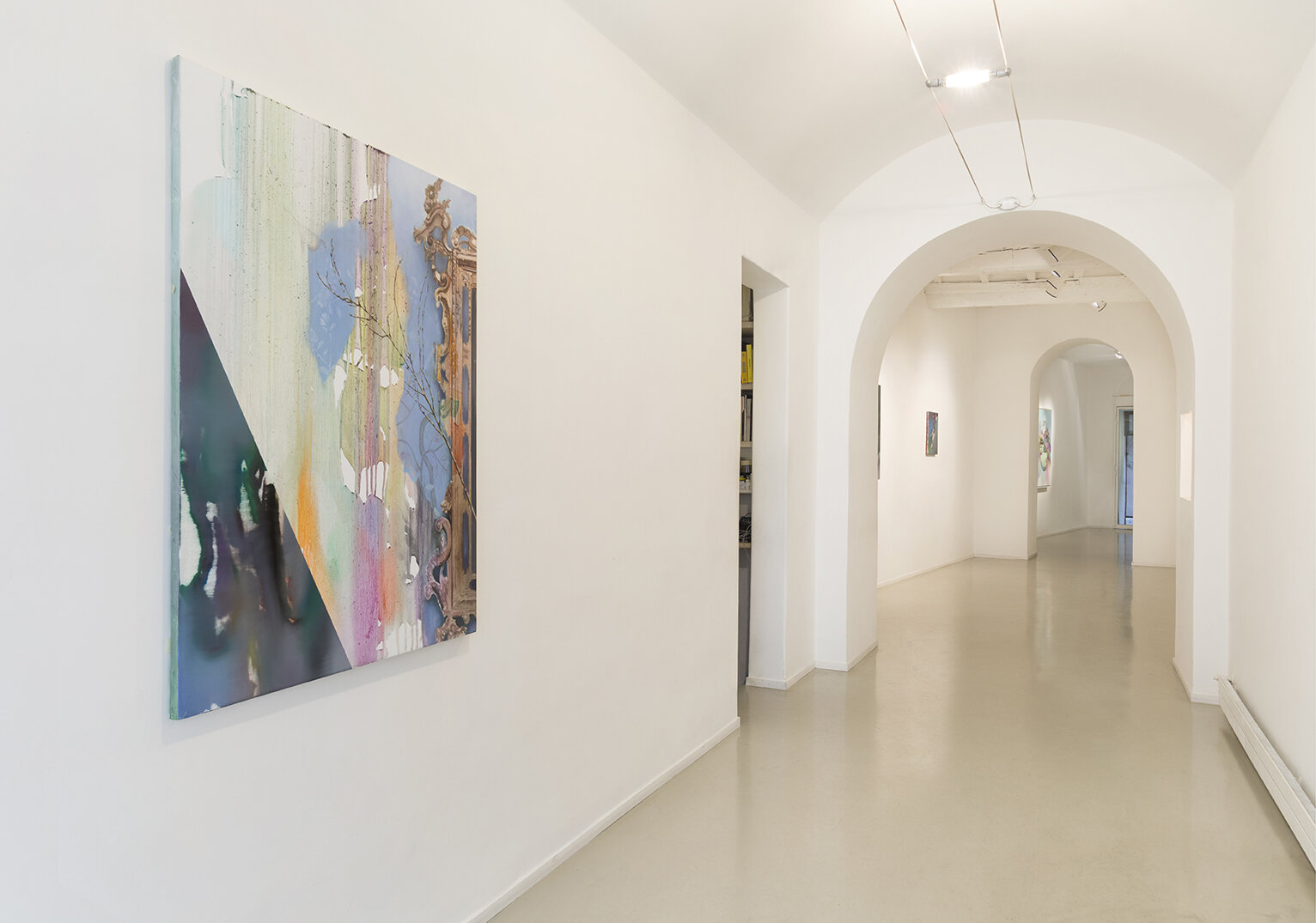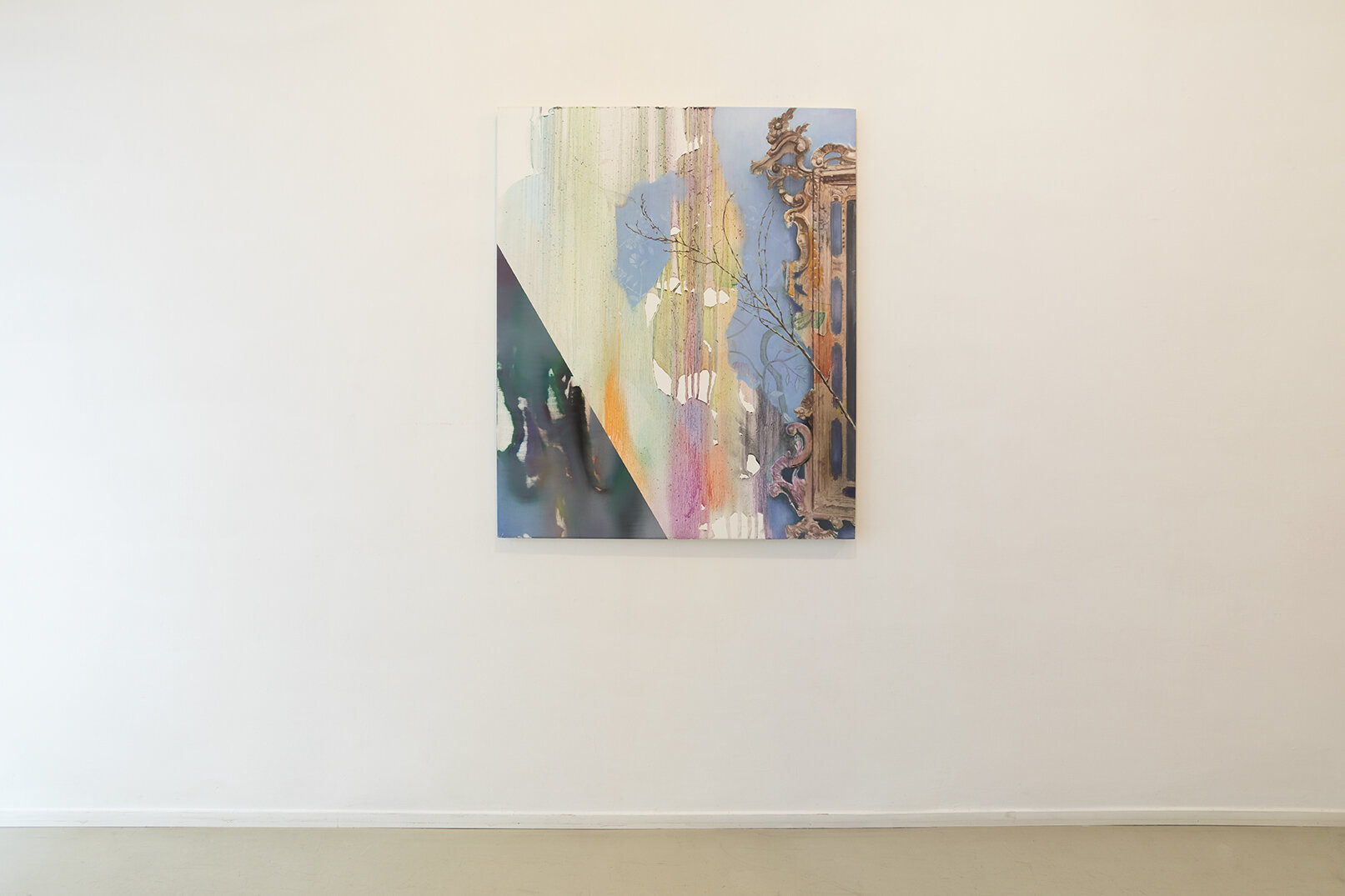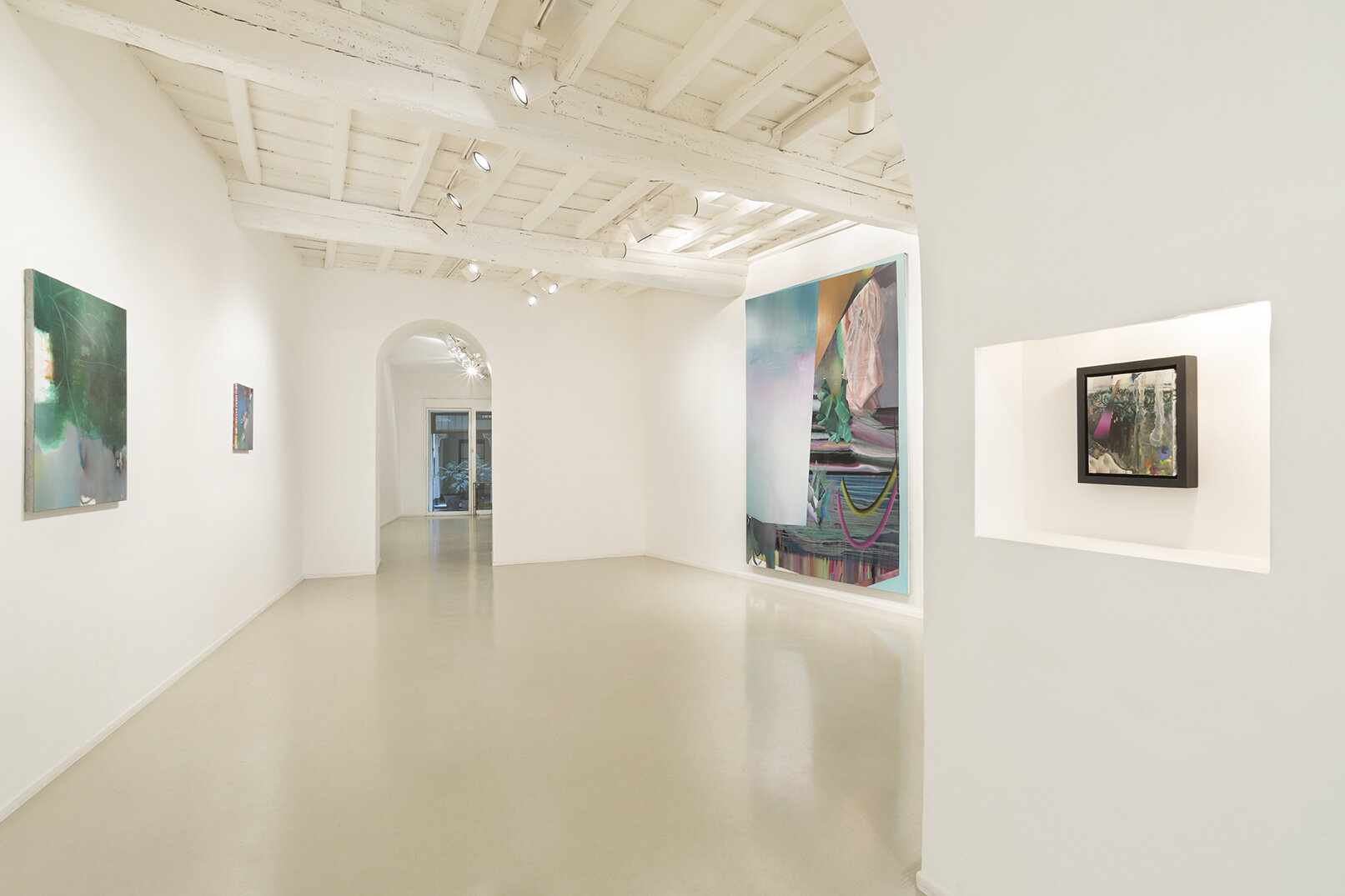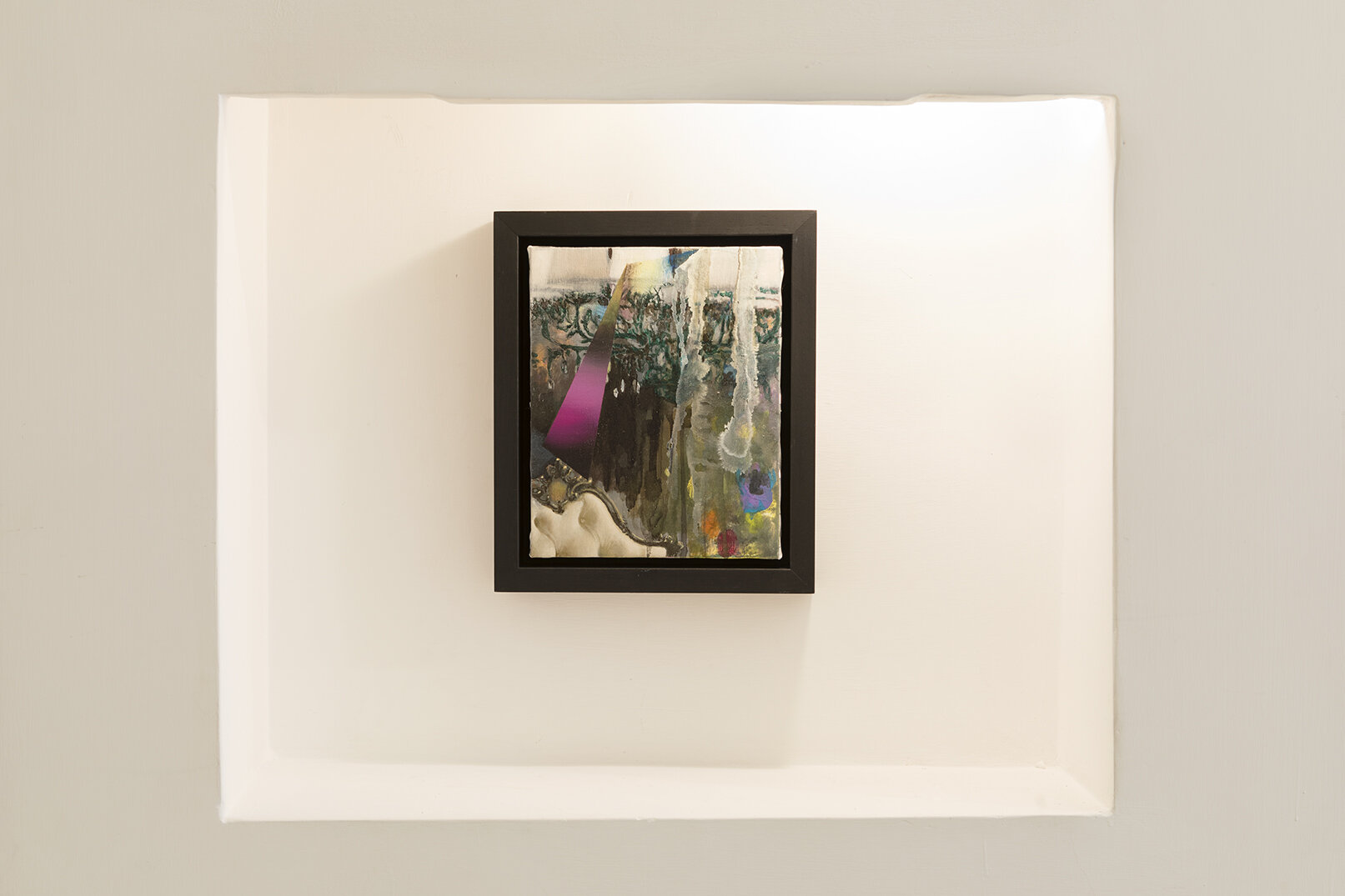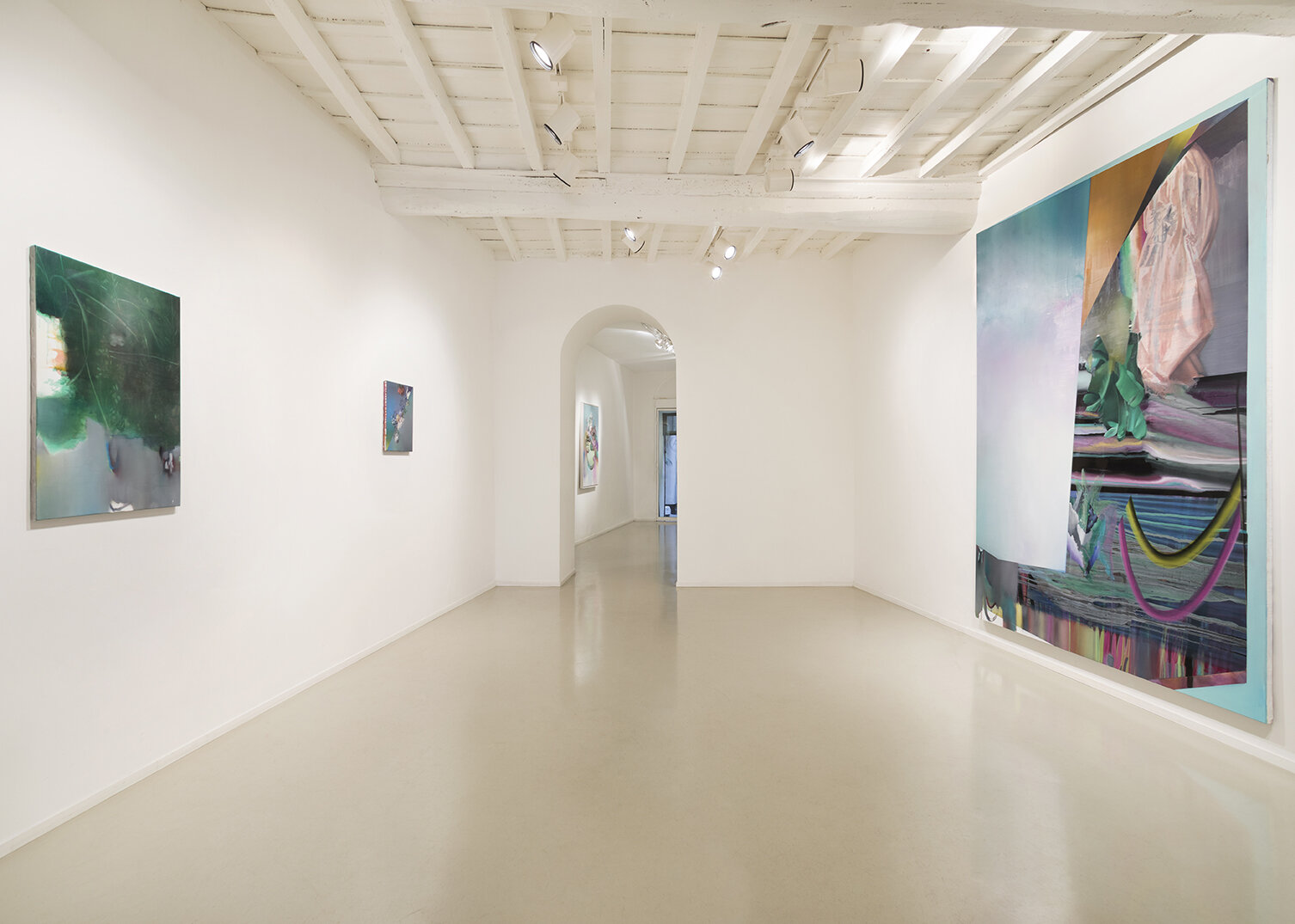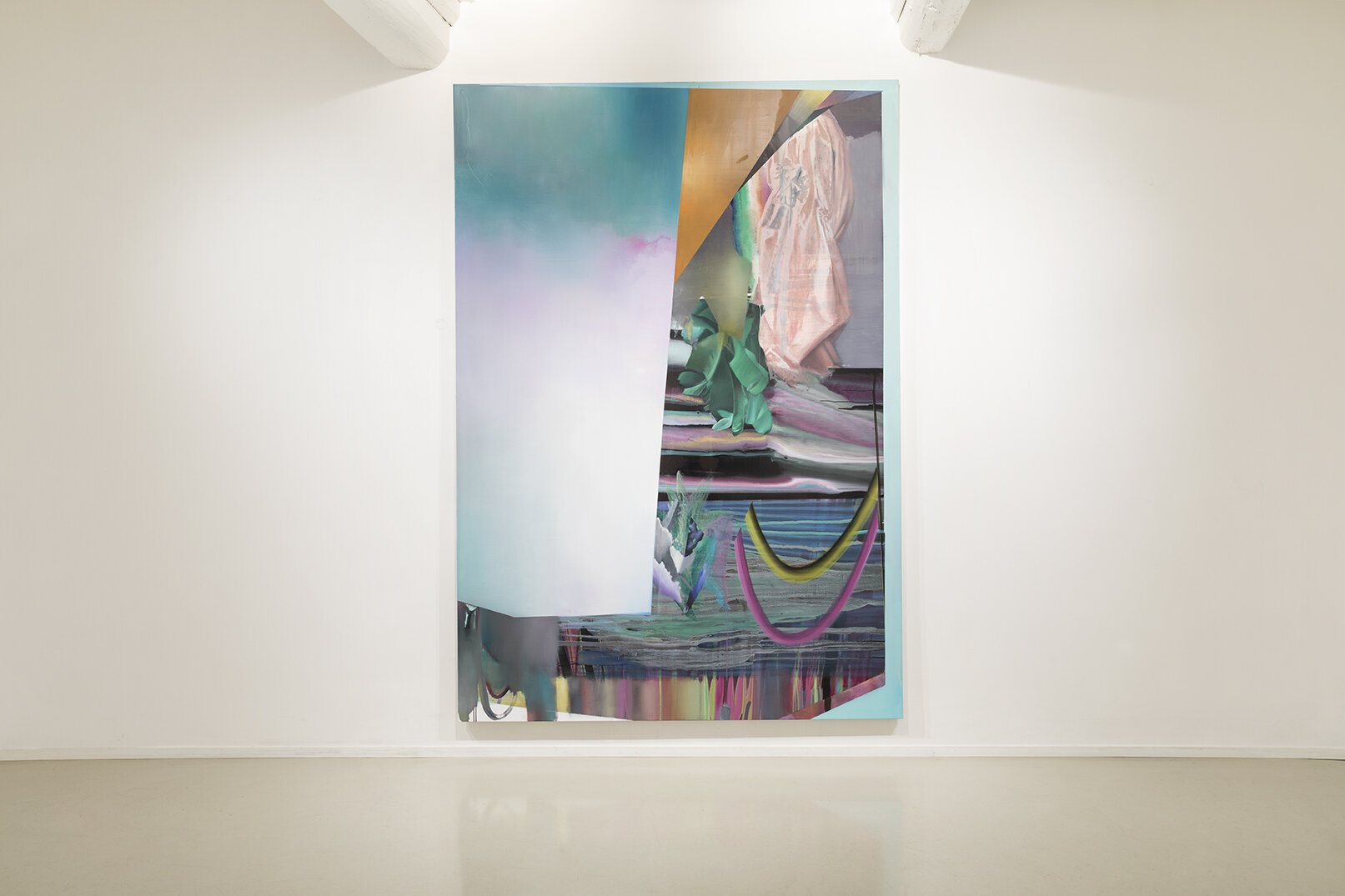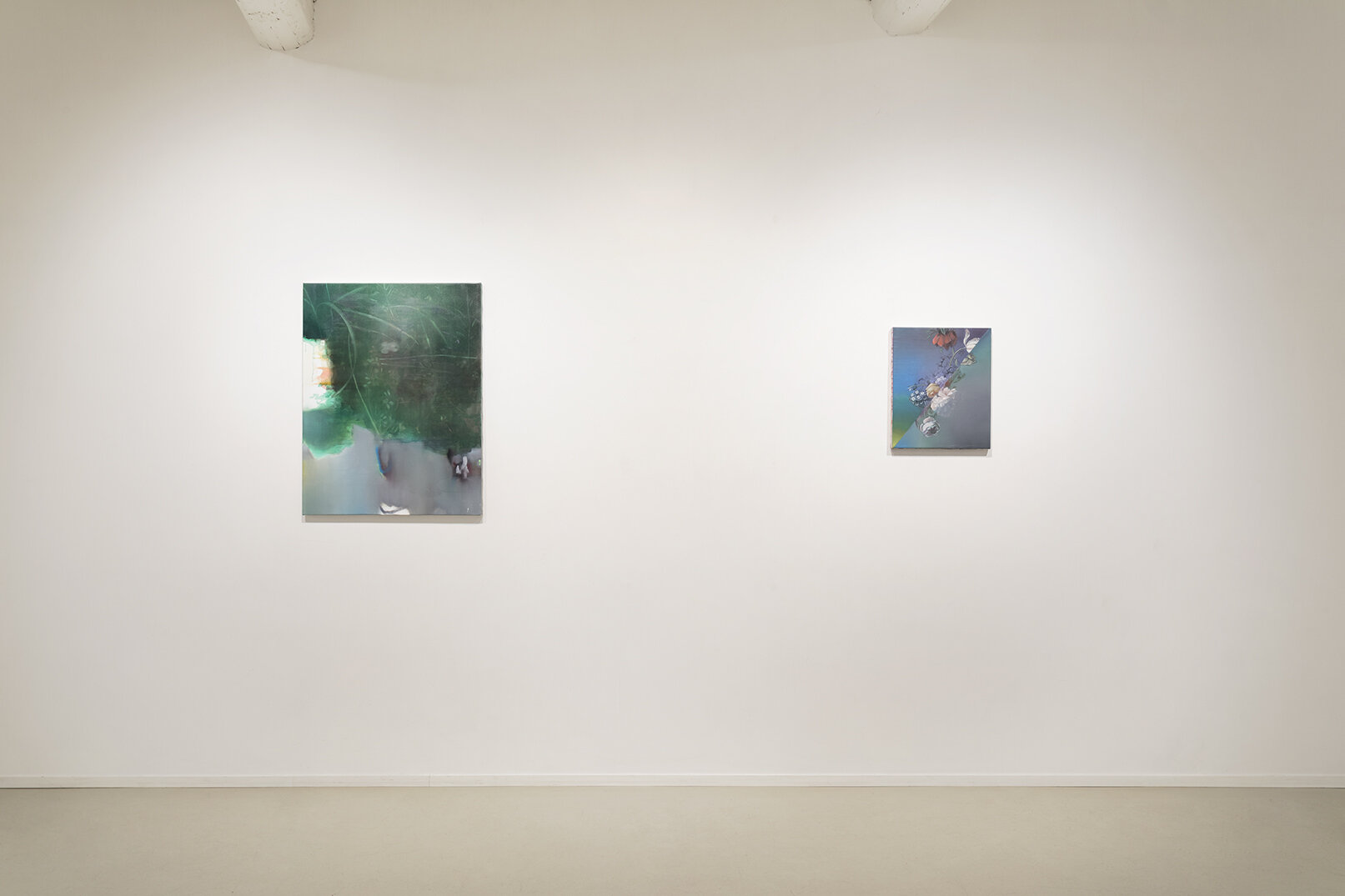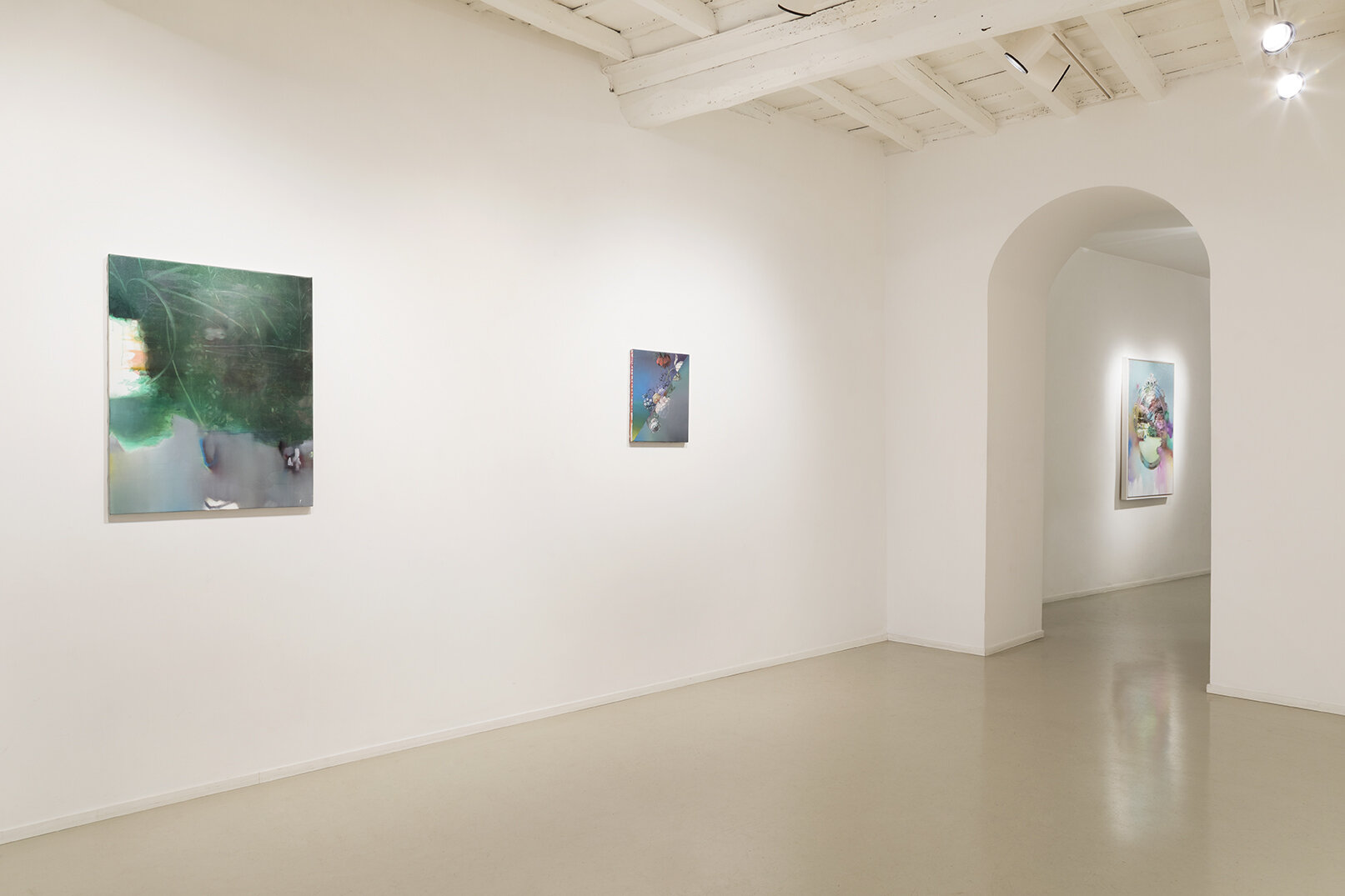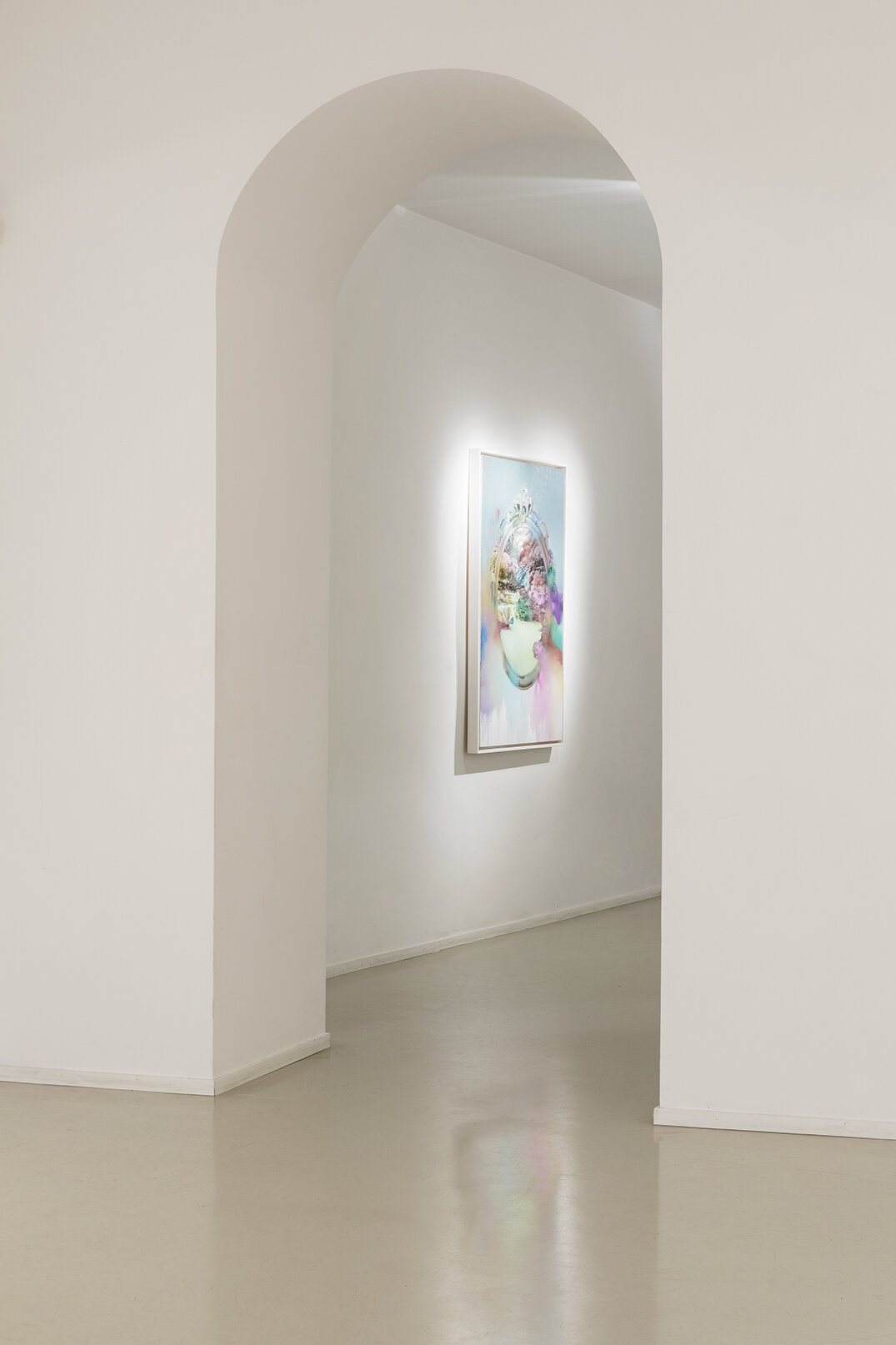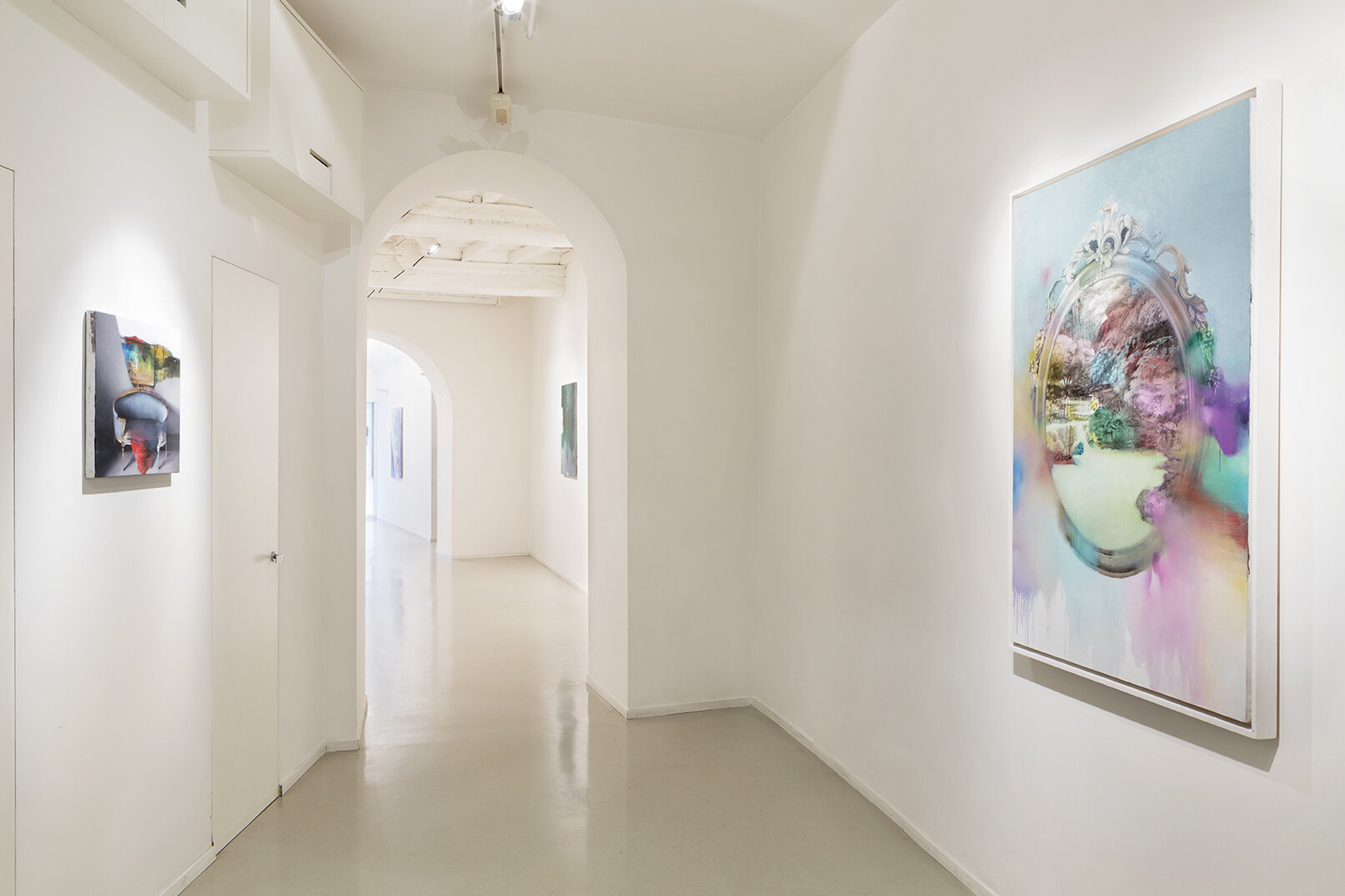NON CHIEDERE
GIOACCHINO PONTRELLI
OPENING Thursday MARCH 8TH 2018
UNTIL MAY 26TH 2018
Not resolved, carried out
francesco ventrella
I have knocked my brain for years to make sense of one statement by Agnes Martin: “Until you can clear up your true identity you will be tied to a repetition of this life”. I have struggled until I found myself one morning in an empty gallery with four of her grids. I always understood from that statement that painting represented for her a practice by which the painter can make space and create a void. I was not surprised that an artist like her interested in Zen philosophy would chose the grid. It all made sense to the art historian. What did not make sense, instead, was the fact that in that statement she was not identifying the ties of repetition with her work which, formally, would have made sense. Rather, repetition lied on the other side, the one from which she was trying to clear up herself. But that morning I understood that Martin’s grid was not simply the cipher of minimalist repetition. On the contrary, it was the liberation from repetition. Thus I learnt from Agnes Martin that painting can be an exercise not to be resolved, but carried out. Exercises are transforming practices, practices by which one undergoes changes. The very aim of the exercise is to alter the practitioner. Martin’s grids contained high intensities, energies and resonances which I simply did not expect to find. And there she was, at the centre of a space that made her completely invisible.
Painting is opaque. Not because, by being opaque, painting must necessarily be difficult, arrogant, elitist. Opacity should be the right of painting. For the Martinican writer Éduard Glissant, the opaque is not the obscure, “though it is possible for it to be so and be accepted as such. It is that which cannot be reduced, which is the most perennial guarantee of participation and confluence”. Glissant did not like the verb “to comprehend” (comprendre) which for him had to do with the gesture of closing and appropriating, like the hands that grab over and bring everything toward themselves. Glissant reclaimed thus everyone’s right to opacity: the right to not being grasped wholly and not being able to grasp the other, that is not appropriating. This was the basis of his “poetics of relation”.
The object is perhaps the first index of relationality in painting. Objects in paintings are topological figures which enable spacing. Topology is the study of a geometry of continuous figures — figures which, unlike the figures of plane geometry, are not built on visual translations but upon tactile permutations. Topology is the science of knots, ties, crossings, overlapping, transbordering. There are no fixed correspondences in the topological space, but only a continuous inversion of orientation. Topological space is elliptical more than circular; reversible, it is always constituted by a relation between two. Two-sidedness is perhaps the performance of painting, its exercise.
Forms organize not only works of art but also political life, and our attempts to know both art and politics. Painting can be an interesting exercise to learn and transform the experience of the self, not because of what we see in painting, but because of how paintings might enable us to see everything else. Looking at painting requires a corporeal interaction that goes far beyond the visual construction of one’s perspective. You stand in front of it, take a step back. You tilt your head on the left; you lean forward. You walk towards it, get closer to the righthand side corner of the painting, your nose nearly peeled on the frame to see the edge. Looking at a painting is indeed an exercise in the relationship between bodies and objects that creates a space of interconnected actions and iterations. From a psychic point of view, rhythm, and not representation, convey the condition of painting to the body. Whether it is figurative or abstract, the body of painting always produces a failure of the identification process: paintings do not have the right to represent us.
What if instead we ignored representations and invested, instead, in the energies of rhythms that bodies assume when they attempt to make or look at forms in painting? Both positions are always in relation of continuity in the topological space of painting, both positions are intertwined in the collective exercise of painting. The rhythm of the line, the rhythm of pinks and greys, but also the rhythm of compassion, the rhythm of anxiety, the rhythm of sympathy, the rhythm of care, the rhythm of “this life which vibrates forever between being better and conceiving something better still; between satisfaction in harmony and craving for it. The life whose rhythm is that of happiness actual and happiness ideal, alternating forever, forever pressing one another into being as the arts of a fugue, the dominant and the tonic. Being, becoming; becoming, being; idealising, realising; realising, idealising” (Vernon Lee, ‘Higher Harmonies’, 1909).
“Don’t ask and I won’t tell. What does it mean? Why?
The search for meaning is legitimate.
I understand the constant need for an explanation. For some time I have been striving, when I don't understand, to trust less rational elements in order to elaborate the sense and emotion that I feel in front of the matters of life, including art.
I focus on the most emotional and sentimental aspects, which for me are the most authentic and powerful ones. Even more in these days when emotions seem obsolete and out of time.
I want to be free from the obsession of filling everything with meaning, signifiers and functional motivations.
Don’t ask. I am not against this or that. And if I paint a flower, it maybe is simply a flower, or not. Try to feel.”
- Gioacchino Pontrelli
PRESS REVIEW:
ARTRIBUNE (INTERVISTA), ARTRIBUNE, EXIBART, PENSIERO MERIDIANO
